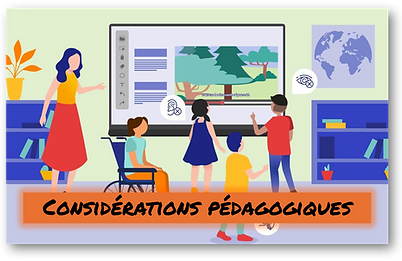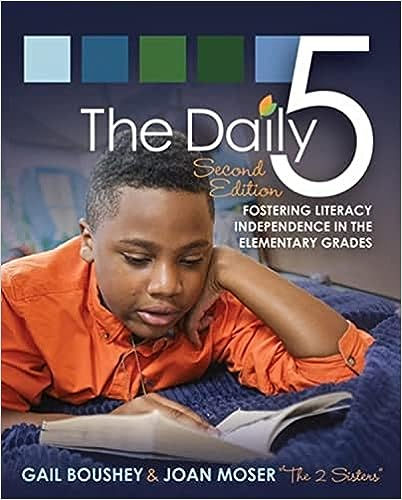EARLY LITERACY PROFILE (ELP)
READING - PM BENCHMARKS (K-3)
The reading assessment component of the ELP helps teachers observe and document students’ developing skills to provide responsive instruction, monitor progress, and match each child with “just-right” texts. Grounded in the belief that every child is a reader, the assessment supports goal setting and fosters meaningful growth.
Responsive reading instruction begins with observation. Teachers identify next steps and support learners through explicit modeling, practice, and feedback—building both confidence and skill with texts they can navigate successfully.
Using the Reading Development Continuum
Aligned with PM Benchmark levels 1–30, the continuum supports growth in accuracy, fluency, comprehension, and metacognition. It helps teachers:
-
Understand reading behaviours at each stage.
-
Plan instruction based on individual needs.
-
Provide meaningful feedback.
-
Align targets with reporting expectations.
Reading as a Synchronous Process
Reading involves four interconnected practices:
-
Accuracy: reading words correctly.
-
Fluency: reading with natural rhythm and expression.
-
Comprehension: constructing and interpreting meaning.
-
Metacognition: thinking about one’s thinking while reading.
These skills develop over time, from emergent stages to fluency. Each child’s path is unique, and teachers play a key role in guiding that journey.
ASSESSMENT PROCEDURE
The following resources are intended to help guide the administering of the PM Benchmark reading assessment of the ELP.
How to use the PM Benchmark assessment:
Choose a text for the student based on last year's assessment information. If the student does not have previous assessment information, then take a best guess at a level and have the student read aloud enough of the text to help you decide on the appropriate assessment level.
-
Introduce the text using the PM Benchmark book introduction script on the reading record page and ask the student to read it silently in preparation for a retelling. (Silent reading is a time for the student to independently apply prior knowledge and skills and strategies to build an understanding of the text as a whole. During this process, the student internalizes the text and searches the visual information).
-
Ask the student to retell the passage. (Retelling allows the student to organize their thinking and present information from a personal perspective. Silent reading followed by retelling ensure the assessment is more like an authentic reading event).
• It is useful and recommended to scribe the student's retelling as a reference for using the Retelling Rubric to assess the student's comprehension. The Retelling Rubric includes language for both fiction and non-fiction text.
• Additional prompts/questions for retelling are included under the Retelling Rubric. These can be used to further the student's responses. (Teachers should only prompt if required and these prompts should be recorded on the Student Record. If the student is hesitant during retelling, it can be an indication that the text is too difficult or may indicate that the student is unsure of what information is required. Retelling instruction should be part of ongoing responsive reading instruction as it forms the basis to eventual summarizing and synthesizing).
-
Ask the student to read the passage out loud and conduct a miscue analysis using the PM reading record page. (Once the assessment is complete score the reading record for number of miscues, self-corrections, and accuracy rate. Analyze the student's miscues using M-S-V – Meaning – does it make sense; Structure – does it sound right; Visual – does it look right. This will inform responsive feedback and instruction to support the reader.)
-
If the retelling addresses the comprehension questions, the assessment is complete. If the retelling does not fully answer the comprehension questions and requires a lot of prompting, then proceed with only the questions that will give you more information (i.e., inference questions).
-
Complete the multi-dimensional reading fluency scale. Use the language of the rubric to give the student descriptive feedback on his or her oral reading fluency.

GUIDED READING - SMALL GROUP LESSONS
Emergent & Early Readers
Transitional Readers
Fluent Readers
PROFESSIONAL TEXTS
Here are some of our favourite books and resources to support reading development in the classroom. Click on the images below to learn more.
(a structure to support small group literacyinstruction)
(using equity to create a responsive and structured literacy approach)
(supporting our high priority learners and designing spaces to support reading)
(empowering children to take agency in their literacy learning)

%20Video.png)






















